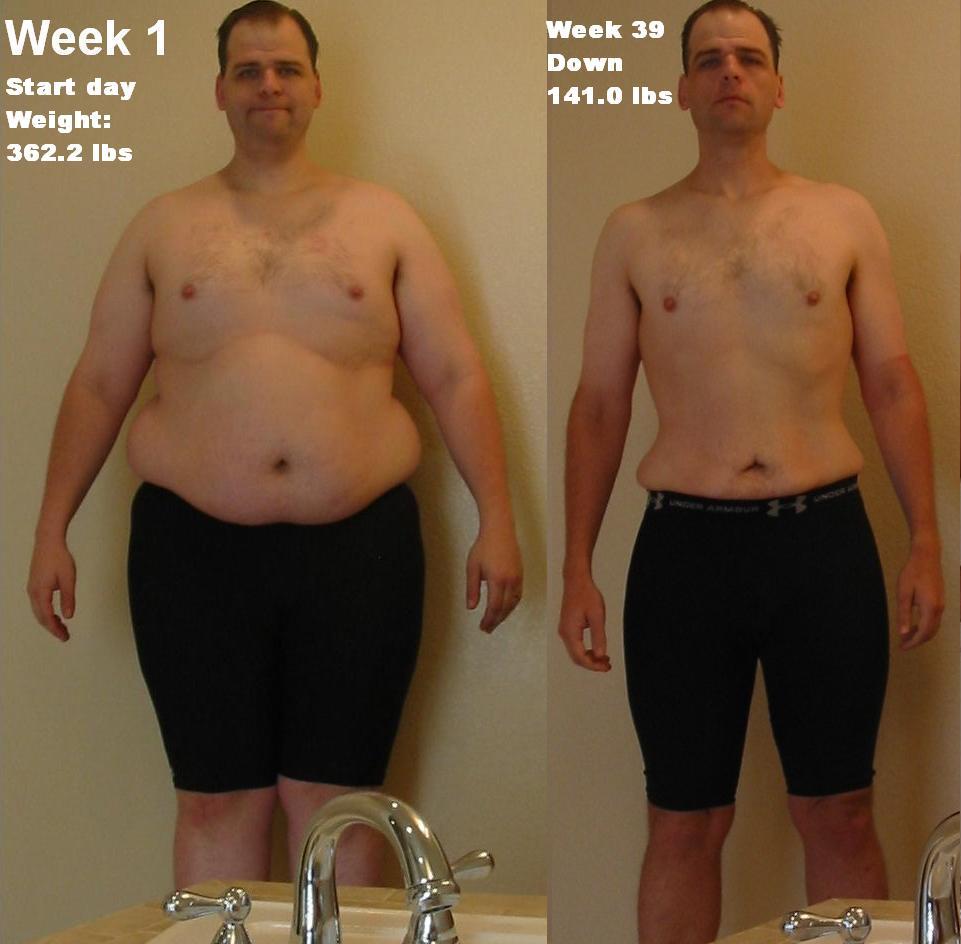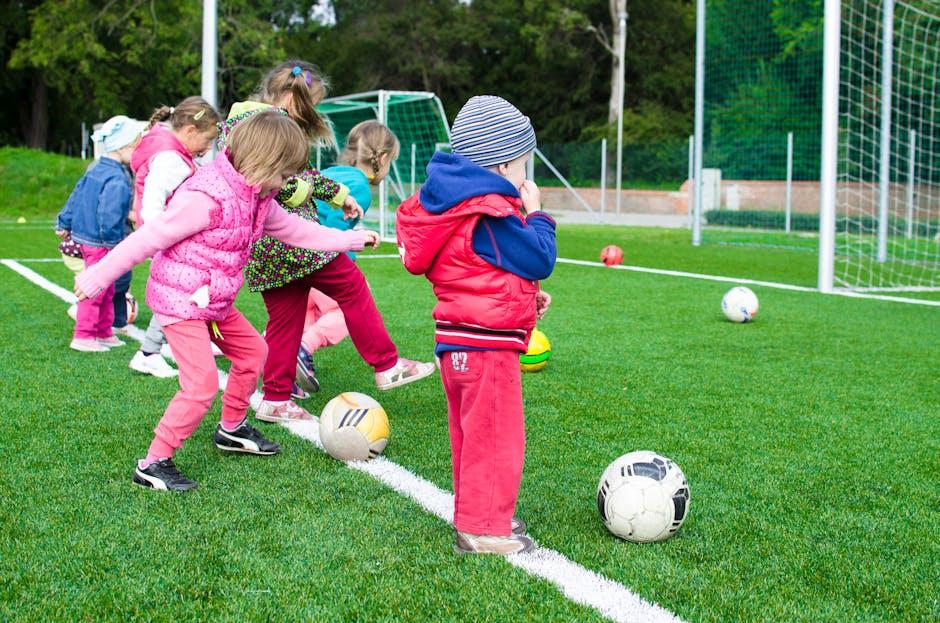Embarking on a weight-loss journey can often feel like stepping into uncharted territory. The myriad of diets, exercise routines, and conflicting advice can be overwhelming, leaving many of us feeling lost and frustrated. But what if there was a way to cut through the noise and create a sustainable weight-loss plan tailored specifically to your needs? In this article, we’ll guide you through the essential steps to develop a personalized, realistic, and compassionate approach to weight loss. Whether you’re just starting out or have faced setbacks along the way, know that you’re not alone. Together, we’ll explore strategies that honor your unique lifestyle, preferences, and goals, ensuring a healthier and happier you.
Understanding Your Unique Body and Metabolism
Each person’s body and metabolism are as unique as their fingerprint, making a one-size-fits-all approach to weight loss ineffective. To tailor a plan that aligns with your body’s specific needs, consider these key factors:
- Genetics: Your genetic makeup can influence how you metabolize food and store fat. Understanding your genetic predispositions can help you make informed dietary choices.
- Activity Level: The amount and intensity of physical activity you engage in directly impact your metabolic rate. Regular exercise can boost your metabolism and help you burn calories more efficiently.
- Age: As you age, your metabolism naturally slows down. Adjusting your diet and exercise routine to accommodate these changes is crucial for sustainable weight loss.
- Hormonal Balance: Hormones play a significant role in regulating your metabolism. Factors such as stress, sleep, and medical conditions can affect your hormonal balance and, consequently, your weight.
By paying attention to these elements and making adjustments based on your unique circumstances, you can create a weight-loss plan that is both effective and sustainable. Remember, the journey is personal, and understanding your body is the first step towards lasting success.

Setting Realistic and Attainable Goals
One of the most crucial steps in any weight-loss journey is to set goals that are both realistic and attainable. Start by identifying what you truly want to achieve. Rather than aiming for a vague target like “losing weight,” focus on specific, measurable outcomes. For example, aim to lose 1-2 pounds per week, which is a healthy and sustainable rate. This approach not only makes your goal more tangible but also helps you track your progress more effectively.
Here are some key tips to keep in mind:
- Be Specific: Instead of setting a goal to “exercise more,” plan to “walk for 30 minutes, five days a week.”
- Set Short-Term Milestones: Break down your ultimate goal into smaller, achievable steps. Celebrate each milestone to stay motivated.
- Be Realistic: Consider your current lifestyle and obligations. Set goals that you can realistically incorporate into your daily routine.
- Stay Flexible: Life happens, and sometimes you may need to adjust your goals. Flexibility can prevent feelings of failure and keep you on track in the long run.

Designing a Balanced and Enjoyable Meal Plan
Crafting a meal plan that not only aids in weight loss but also brings joy to your dining experience is crucial for sustainability. Begin by incorporating a variety of whole foods that provide a balance of macronutrients and essential vitamins. A diverse plate is more likely to keep you satisfied and less prone to cravings. Aim to include the following in your daily meals:
- Proteins: Opt for lean meats, fish, beans, and legumes. These help in muscle repair and keep you feeling full longer.
- Healthy Fats: Include sources like avocados, nuts, seeds, and olive oil. Healthy fats are vital for brain function and hormone regulation.
- Complex Carbohydrates: Choose whole grains, sweet potatoes, and vegetables. These provide sustained energy and fiber for digestive health.
Remember to allow room for flexibility. Enjoying occasional treats can prevent feelings of deprivation and make the plan more enjoyable. Balance is key; aim for 80% nutritious foods and 20% indulgent ones to keep your mental and emotional well-being in check. By making mindful choices and allowing yourself to savor the journey, you create a plan that is not only effective but also pleasurable.

Incorporating Physical Activity That You Love
One of the key elements in crafting a weight-loss plan that you can stick with is to incorporate physical activities that genuinely bring you joy. When you engage in exercises that you love, it doesn’t feel like a chore; it becomes a delightful part of your day. Here are some ideas to get you started:
- Dancing: Whether it’s salsa, hip-hop, or Zumba, dancing is a fantastic way to burn calories while having fun.
- Hiking: Enjoy the beauty of nature while getting a great workout. Trails can offer varying levels of difficulty to suit your fitness level.
- Swimming: A low-impact activity that is easy on the joints, swimming can be both relaxing and invigorating.
- Team Sports: Join a local soccer, basketball, or volleyball team to get your heart rate up while fostering community and teamwork.
- Yoga: Enhance your flexibility and mental well-being with different styles such as Vinyasa, Hatha, or Bikram.
Remember, the best exercise is the one that you look forward to doing. It’s important to explore various activities to find what truly excites you. This way, your weight-loss journey becomes not just a goal, but a joyful and sustainable lifestyle change.





